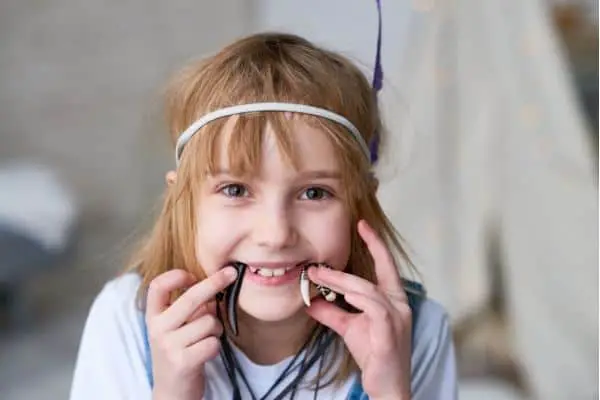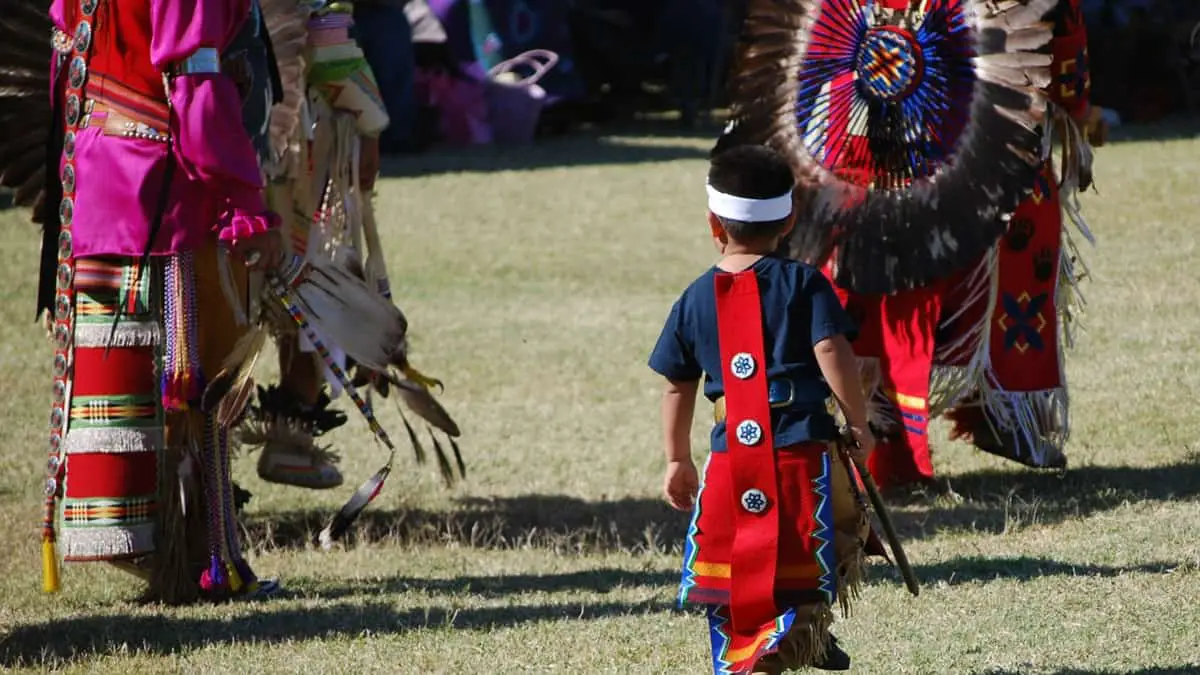5 Native American STEM Activities to Engage Your Students
There’s a lot of conversation in STEM surrounding the gender and racial gaps, but these discussions usually center on women, Black, or Latino groups. The focus is far less often on Native American students, even though more than half of this population doesn’t have access to the full range of math and science courses in school.
How can we increase the number of Native American students excelling in STEM fields?
One important way is to get these students started on STEM pathways early; for example, with products or activities designed for them at various ages throughout their education.
Studies show that when young children enter school, they already have an understanding of the natural world and are curious to learn, regardless of race or background. Just like closing the gender gap, the key is making sure Native American students are included and encouraged to pursue STEM subjects and projects when they’re very young.
Related post: Introducing STEM Homeschool Curriculum
Projects Designed with Native American Students in Mind
The internet has a range of Native American-themed projects at affordable price points, so whether you’re a teacher or a parent, you can incorporate STEM projects into your curriculum or home routine.
1. Iroquois Wampum Coding
You can teach coding with an ancient Native American twist. In groups, students use beads to represent letters of the alphabet. They construct a code with these beads, and then swap their designs and see if they can decode each other’s messages.
Learning the principles of coding early is an excellent way to introduce students to STEM subjects. Careers like software engineers or mobile app developers not only require detailed knowledge of how to code, but the need for these types of jobs is projected to grow exponentially.
2. Dream Catcher Design

Dream catchers have long been a meaningful part of Native American culture, so having children design their own is a fun way to explore this practice. Adding the challenge that it has to be constructed to catch three dreams written on folded sheets of paper brings engineering concepts into the lesson.
Native Americans are underrepresented in engineering fields, just like the other STEM careers. Introducing this foundational, technical way of thinking early lays the groundwork for Native American students to pursue problem-solving careers in engineering.
3. Canoe Building
Older children can take on the challenge of building a functional canoe. Students must construct a canoe out of everyday materials, and it must be able to float for three minutes while bearing a load of some kind.
Canoes were the main way Native American tribes traversed rivers, so this project is another way to put together engineering, design, and problem-solving concepts with Native American culture. If you’re using this activity in a classroom or with multiple siblings at home, it also teaches teamwork.
4. Footprint Tracking

To get your students or children outside, try adding a nature study in the form of footprint tracking. You can either purchase various animal footprint molds and place the prints yourself, or trust a nearby park or forest’s wildlife. Give the children pictures of the footprints and try to have them match the print to the animal that made it.
Connect this activity to the various reasons why Native American tribes would need to track animals. Have them brainstorm the uses for each animal, and how the Native Americans would engage with nature scientifically to track and study the critters.
5. Online Options
For more self-guided learning, you can find videos, projects, and curriculums online. For example, younger students can learn about the four seasons and how they change in a cyclical pattern each year. This knowledge is essential for Native tribes, as their daily lives can change drastically based on what season it is.
There are plenty of online videos, whether you want to teach your children about weather patterns, fossils, or natural resources, all topics that can be easily connected to Native American culture.
You can also complete research-based projects for your students. For example, assign groups of students to various indigenous tribes and task them with finding out what calendar the tribes followed or how they explained the presence and workings of the sun.
Digging into historical Native science practices can help Native American students realize that their ancestors have always been scientists, engineers, and mathematicians. This is an especially useful tactic, as there are so few modern-day STEM role models for Native American students to look up to.
Other Resources for Native American STEM Activities: Groups & Curriculums
The American Indian Science and Engineering Society (AISES) is an organization founded to increase the numbers of the indigenous peoples of North America in the STEM fields. They provide resources, scholarships, science fairs, and more. They also encourage networking opportunities so students can have a support system in place, with peers to encourage their STEM goals.
“By trying to develop and provide culturally relevant STEM programming,” says Kathy DeerInWater of AISES, “AISES is attempting to… empower Native people to reclaim [the] knowledge and understanding of their ancestors, relatives, and themselves as scientists and engineers.”
Because community and culture are so integral to Native American society, AISES also attempts to bring a community-building element to their projects, so students meet in-person and collaborate.
There’s also the Native American Science Curriculum, a program developed by a group of doctors to help bring new people and perspectives into environmental science and resource management, two topics that are important in Native societies. The program provides lessons on environmental justice, indigenous research methods, and more.
How Can You Support Native American Students in STEM?

The activities above are an excellent starting point. But be sure to reinforce the concepts with an environment that fosters inclusivity, curiosity, and positive reinforcement.
If Native American students feel excluded from STEM subjects or see non-Native students being given science-based toys when they aren’t, it sends a clear message that these subjects are not for them. Once that message takes hold, it can be difficult to shake.
So be sure you’re including your Native American children and students in the STEM discussions, and engage in scientific activities with them early!







